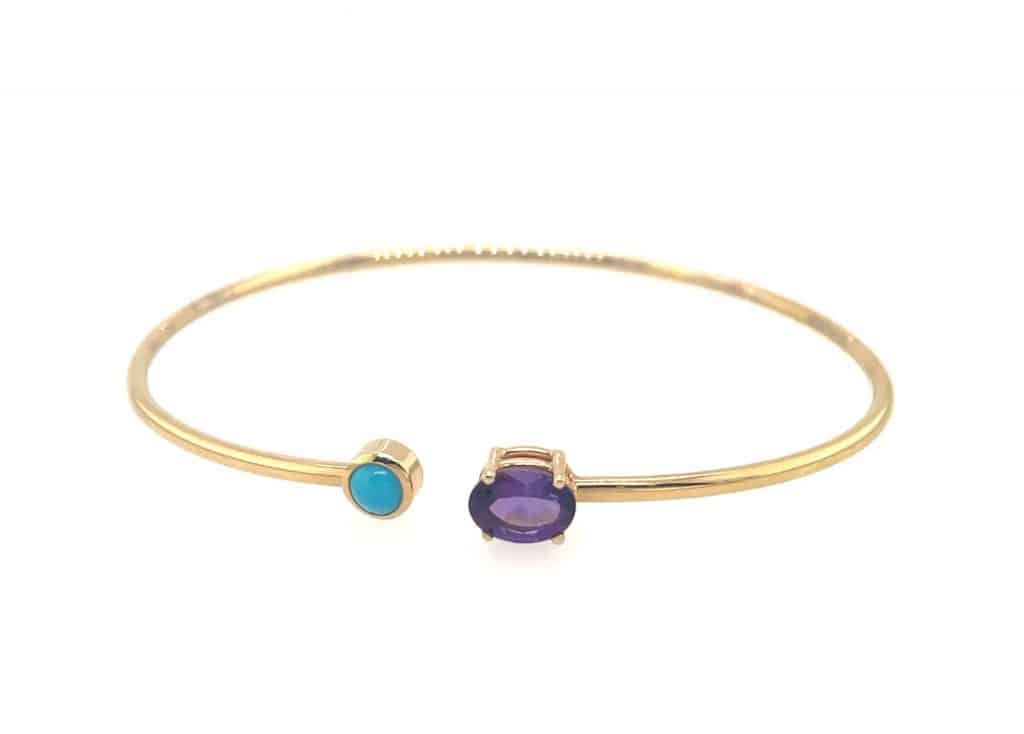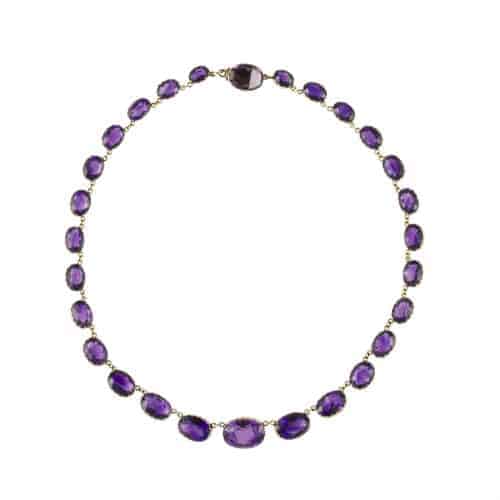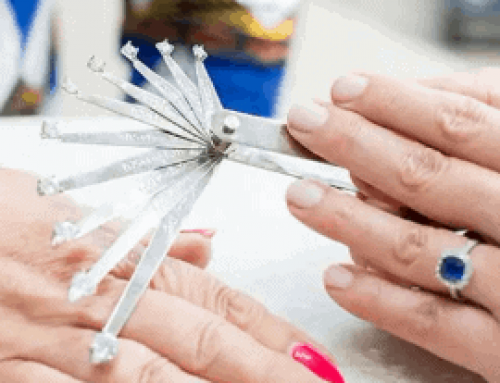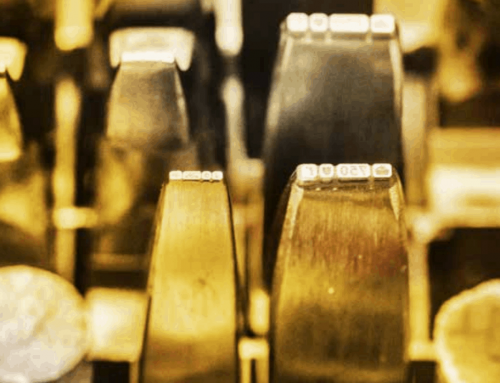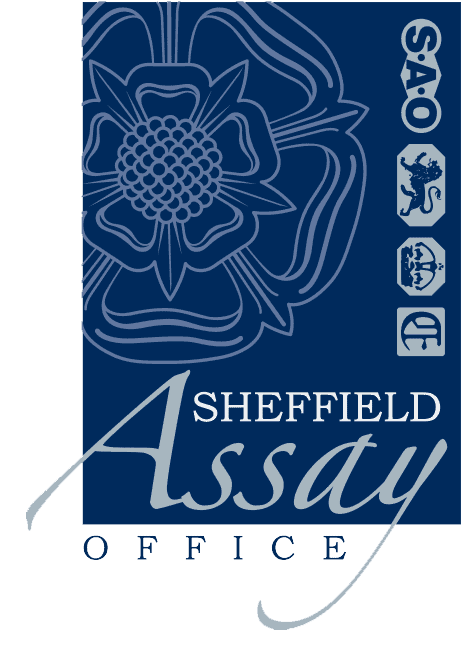February Birthstone – Amethyst


Amethyst is a variety of quartz containing iron, which produces a colour varying from an intense deep purple to a light violet or lilac. Quartz is one of the most abundant minerals in the Earth’s crust and provides more gem varieties than any other mineral.
Myth and mysticism
The name ‘amethyst’ derives from the Greek amethystos, which means ‘a remedy against drunkenness’. It was supposed to ward off intoxication and instil a sober and serious mind. Because of its wine-like colour, early Greek mythology associated the gem with Bacchus, the god of wine. Amethyst was also believed to keep the wearer clear headed and quick witted in battle and business affairs. Renaissance Europeans thought it calmed lovers overrun by passion!
As well as being a symbol of empowerment and inner strength, amethyst lore also includes several claims to mystical powers: for instance, it could convey strength and wit to those who wore it. Amethyst is the gem traditionally given for the sixth wedding anniversary.
Colour
The finest amethyst colour is a strong reddish purple or purple, with no brownish or bronze-coloured tints, or any noticeable colour zoning when you look at the stone from above. If the stone becomes too dark in tone, it might look black under dim lighting. The more intense the colour, the more valuable.
Amethyst colour is rarely uniform and often displays what is called colour zoning, which, in the case of amethyst, usually consists of angular zones of darker to lighter colour. Crystals are often found in geodes; the crystals tips darken to purple and the remaining being colourless
Found in Brazil and Bolivia, natural bi-coloured crystals can occur, they are part amethyst and part citrine, so are yellow-orange and violet, and are known as ametrine.
Much of the faceted amethyst available is ‘eye clean’, meaning there are no inclusions visible to the naked eye. Amethyst has distinctive inclusions that look like tiger-stripes, thumb prints or feathers
Cut
This gemstone can be faceted into many fancy shapes and sizes and is often used for cabochons or carvings.
Royal connections
Historically, royals have admired the deep purple hue of the February birthstone since at least the days of Alexander the Great and is found in royal collections throughout Asia and Europe. Catherine the Great (Empress Catherine II of Russia, 1729–1796) had a penchant for the gem and decked herself in amethyst necklaces, earrings, and other ornaments. The famous jewellery connoisseur Wallis, Duchess of Windsor (1896–1986), made a memorable statement when she wore a lavish Cartier-designed amethyst bib necklace to a gala in Versailles in 1953.
Antique styles
Historically, amethyst was popular in the 18th and 19th centuries, and was often foiled-backed in jewellery to improve its appearance.
A Victorian Amethyst Riviere Necklace
Image Credit: Bentley & Skinner
Carat
Amethyst in large sizes is not priced significantly more per carat than smaller sizes, making it a good choice for bold jewellery designs. Unlike some coloured gems, small sizes can be strongly coloured, making it easier to match sets of differently sized gems.
Sources
Russia was the major source of amethyst until the 19th century, when large deposits were found in Brazil. Once as rare as ruby or emerald, amethyst was suddenly in abundance. Today, the most important sources of amethyst are in Africa and South America although Brazil is still a major supplier.
The Anahí mine in Bolivia is another prominent source for amethyst and is also famous in gem circles as the source of the unusual ametrine crystals. In Africa, Zambia’s Kariba mine is one of the largest amethyst producers in the world. Amethyst mined there tends to be of superb quality with richly saturated colours. Amethyst is also found in the United States, just 46 miles (74 km) outside Phoenix, Arizona.
Care and storage
Amethyst is a 7 on the Mohs scale of hardness. This means that it is appropriate for daily use in rings and other jewellery, but over time it may show wear and require repolishing. Amethyst jewellery can be cleaned with an ultrasonic cleaner, but steam cleaning is not recommended. A soft brush with mild soap is the safest option.
Because this February birthstone is more susceptible to damage than harder gems such as rubies, sapphires, and diamonds, you risk scratching your amethyst jewellery if you place it next to these harder stones.
Treatment
Heat treatment is the most common technique used remove unwanted brown inclusions and to deepen the purple colour, but it can also lighten the colour of very dark amethyst and make it more attractive. Heat treating it can also turn it into green amethyst. Some amethyst turns yellow with heat; as natural citrine is rare, so most of these gemstones are heat treated amethyst.

